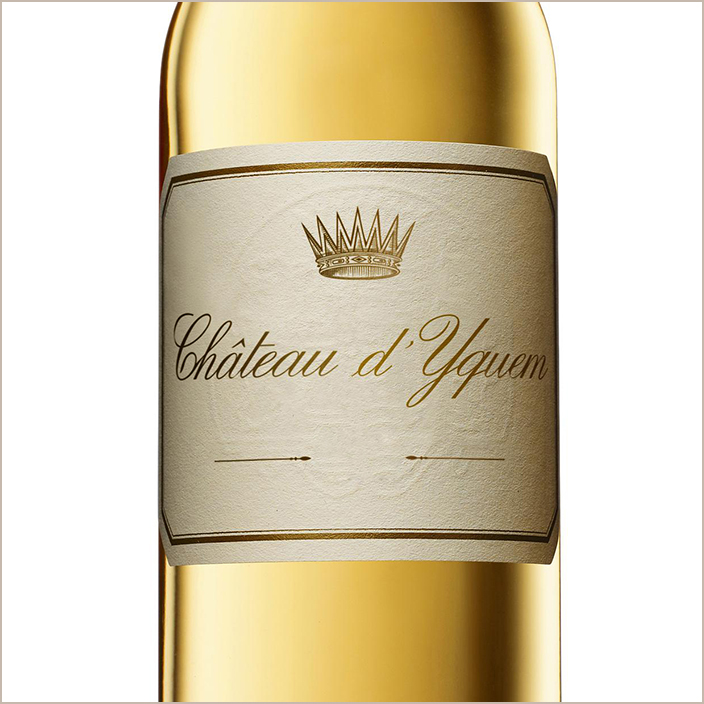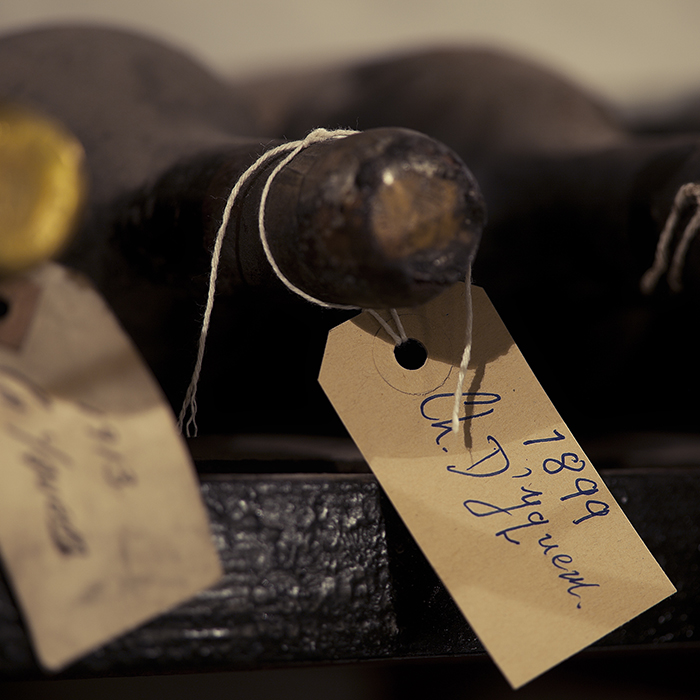Why Château d’Yquem still wears the crown
Author: Jared Ehret

I can still remember my first taste of Château d’Yquem. Working as a somewhat bungling wine waiter during my student days gave me the chance to try some remarkable wines, but there was an entry towards the back of the wine list that, more often than not, was overlooked. One evening though, a private function included Château d’Yquem in their flight, causing this fabled bottle of topaz liquid to finally be broached. There and then, my outlook on what a fine wine could possibly achieve changed.
I think it was the somewhat inauspicious 1993 vintage, a year even the producer’s marketers concede had “extremely difficult weather conditions”, but the beguiling aromas of that wine have stayed with me ever since. That that bottle was still offering so much, far beyond what most reds from the region achieved in that notoriously soggy year, is testament to the extraordinary things that are created chez Yquem.
No fine wine is born by accident, and the fortuitous convergence of human ingenuity, unique natural conditions and centuries of heritage have conspired in this corner of southwestern France to produce a wine unlike any other made anywhere else in the world. This supremacy was recognised and codified as long ago as 1855, when in the classification of Sauternes and Barsac, Yquem was granted Premier Cru Supérieur, a level above First Growth and an accolade not bestowed upon any red wine of the region. One might argue the toss for the greatest Cabernet-based wine in the world, or finest Chardonnay, but no other sweet can take Yquem’s crown for its power, complexity and longevity.

Yquem’s superiority over all others in its class, is born from its benevolent situation and comically arduous production techniques. Its 100 hectares of productive vines, comprised of 75% Sémillon and 25% Sauvignon Blanc, are planted on the highest crest in Sauternes. Here begins an annual miracle, an intricate dance of independent factors that, like the crescendo of an orchestra, all consort to something impossible in solo. The confluence of the nearby Garonne and Ciron rivers creates the evening mists vital for the propagation of botrytis cinerea, or noble rot – the fungus responsible for dehydrating the ripe grapes, imbuing the natural sweetness that will define the resulting wine. So knife-edge is success here, the entire crop can be lost or no grand vin produced at all, as last happened in 2012.
Five to six tries, or passes, are made though the vineyard by a team of 200 specialised pickers working in four teams who select grapes that have achieved the perfect level of concentration. The goal here is to produce a must with 20˚ potential alcohol (360g of sugar per litre) which requires a painfully low maximum yield of 9hl/ha. Compare this to the 25hl/ha norm in the rest of the appellation or indeed the 45hl/ha standard for the reds of the Médoc. In simple terms, one vine produces just one glass of precious golden liquid. The must is pressed three times before fermentation exclusively in new oak, unapologetically adding another layer of luxury. Barrel maturation lasts for three years before bottling the third winter after harvest under a 54mm cork with a capsule unique to the colour of the year’s wine.
All these details might seem like frivolous excess, but stored correctly, that bottle of Yquem will develop and improve for a century or more. The results of such exceptional efforts do not come cheap of course, but one need only consider the numerous flawless reviews of the legendary 2001 vintage to be assured of the perfection that is frequently achieved here. Yquem maintains its position as one of the world’s finest white wines and every wine lover should aspire to drink it at least once. It is only after that first unforgettable taste that you truly appreciate all the amazing processes that bought it to being.
The 2017 vintage of Château d’Yquem is now available en primeur on bbr.com


